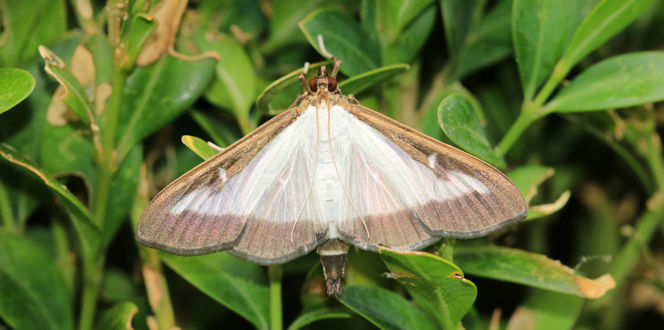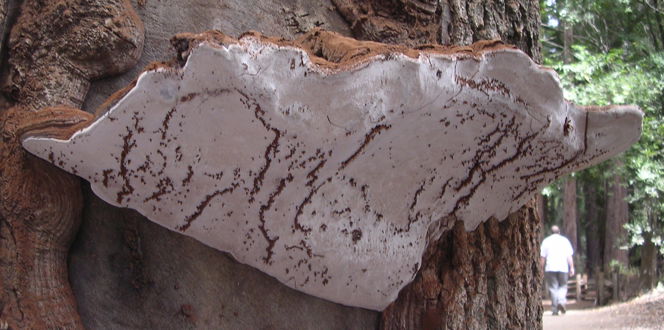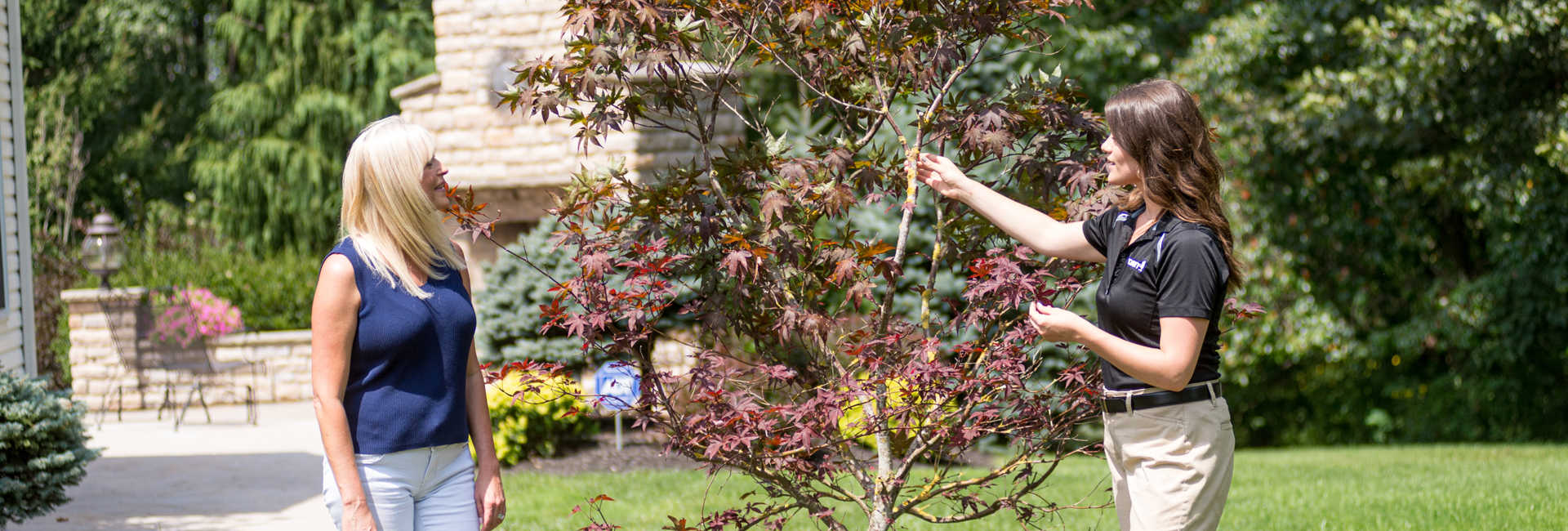Split Gill Fungus Description:
Split gill fungus can be found in almost every corner of the world. The fruiting bodies look like small saucers or fans and can be found on living or dead trees. They are creamy yellow-white in color, with a 1-4cm wide cap and a dense, sponge-like texture. The underside has pinkish-gray gills that radiate from the center.
Hosts:
Split gill fungus is a facultative pathogen. It will cause white rot of the sapwood (living cambial cells) of already stressed trees or trees with large wounds.
Biology & Symptoms:
This fungus gets its name from the gills on the underside of its fruiting body that often split and close to protect the spore surface during dry periods. When the gills rehydrate through rain, the splits reopen to release reproductive spores. The conks/fruiting bodies can survive several cycles of this process, which allows it to grow on every continent in the world, except for Antarctica.
Split gill fungus is known to cause white rot in trees, leaving the internal structure weakened by making the wood spongy.
Management:
The fruiting body is easily recognized due to its features. This fungus should not be ignored and could cause structural issues. It is important for the structural integrity of the tree to be inspected. Try to optimize tree health through cultural practices such as proper fertilizing, mulching and pruning methods. Consult your local arborist for an inspection or more information on keeping your trees healthy.





